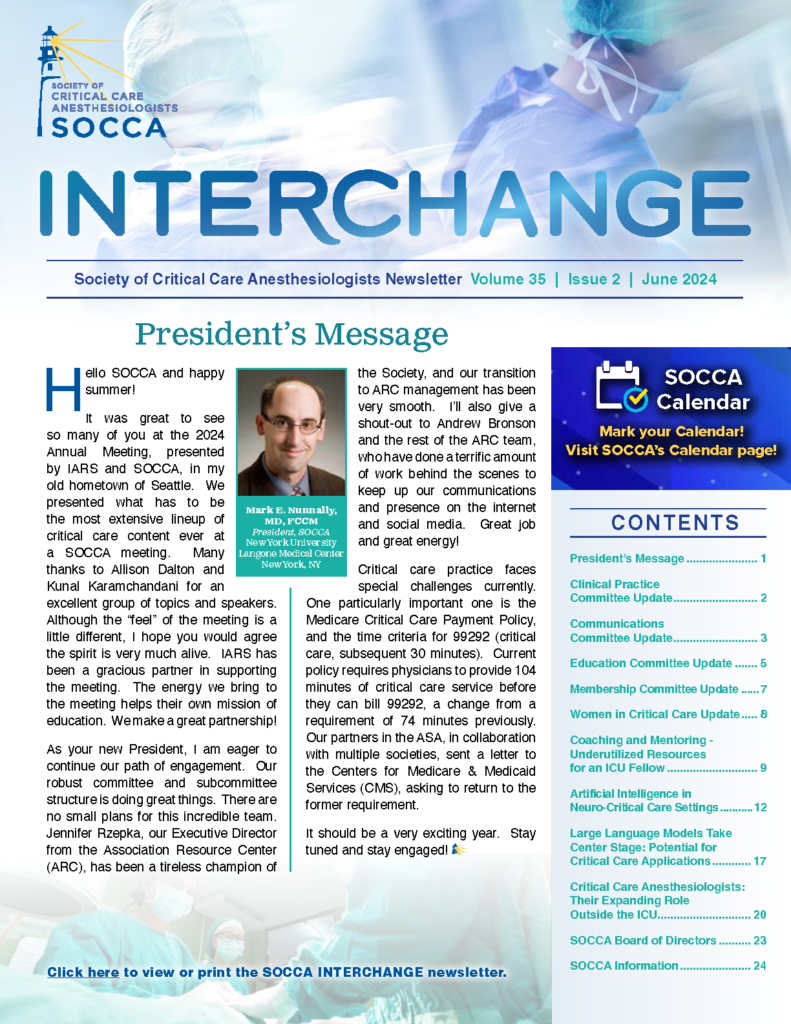The Future of the COVID-19 Pandemic: Epidemiologic Insights
Of all the disruption created by Coronavirus Disease 2019 (COVID-19), nothing remains more constant than its enormous uncertainty. How the immediate and long-term future of the pandemic will play out remains unclear. Yet, it is certain that the world is now fundamentally different. COVID-19 has and will continue to adversely impact individual and population health, both directly and indirectly.
Nearly all epidemiologic models agree that with the reopening of society, viral resurgence will undoubtedly occur. Efforts to date have focused on slowing viral spread, yet the majority of the population remains at risk, and population immunity is thus far insufficient. Models also agree that the number of cases will continue to ebb and flow, albeit with much debate over the exact pattern and much concern that an even worse outbreak is eminent. Difficulty in predicting the extent, pattern, and duration of resurgence is linked to our insufficient knowledge of viral transmission and whether immunity confers any degree of protection.
Forecasting COVID-19 is important for public health planning. Several different models exist and are available online 1. Fundamental to all forecasting models is the reproductive number, a measure of the transmissibility of the virus 2. It represents the average number of people who catch the disease from an infected individual and can be applied not just at the beginning of an outbreak, but also to the rate of spread once control measures have been instituted, which is more relevant to us now.
One of the most basic forecasting models, and mostly commonly used, is the SEIR model that breaks the population into four compartments: the number of people susceptible, the number of people exposed, the number of people infectious, and the number of people who have recovered (or died) and are no longer capable of spreading the disease 3. More complex models involve a dynamic understanding of the mechanism of viral spread, using multiple variables and prognostic factors. In the beginning of the pandemic, the limited available data made it difficult to project what was going to happen with COVID-19. Knowledge of the initial experience of COVID-19 from China and the Lombardy region in Italy was essential to helping the US prepare and expand critical care infrastructure. Unfortunately, more time and further model development did not serve to increase the reliability of COVID-19 forecasting. We still lack a fundamental understanding of the key components of COVID-19 biology and how it is affected by temporal changes in things like weather and social contact.
Moreover, a well-functioning model requires data that is not just reliable but interpretable in the appropriate context. Predicting mortality in critically ill COVID-19 patients is a relevant example of a model that can be altered by many factors independent of virus related pathology. Hospital and critical care capacity and strain, critical resource availability, and the time point at which mortality is assessed can all dramatically influence the rates of mortality of mechanical ventilation 4,5. Without consideration of these variables, it becomes difficult to understand what factors influence mortality in critically ill patients and almost impossible to apply these lessons to areas with different capacity and practices.
Critical care medicine unfortunately must deal with the immense health effects of policies that are invariably built on questionable evidence and assumptions. The consequences may be extreme: another outbreak of, and battle against, a disease that is as dynamic and labor-intensive as most of us have ever faced in our clinical careers. This would be exhausting by itself not considering the demands on critical care capacity and resources. At the peak of outbreaks, US cities may need up to 4.4 beds per 10,000 adults 6. Other consequences of COVID-19 will certainly be present; it is hard to ignore the socioeconomic impact of COVID-19 and its inevitable effect on health. It is therefore critical for us to maintain a high level of preparedness to deal with the next wave as well as to maintain skepticism and force ourselves to rigorously evaluate all data and models.
References
- Center for Disease Control. Coronavirus Disease 2019 Mortality Forecasts. Accessed 6.10.2020. Available at: https://www.cdc.gov/coronavirus/2019-ncov/covid-data/forecasting-us.html.
- Delamater PL, Street EJ, Leslie TF, et al. Complexity of the Basic Reproduction Number (R0). Emerging Infectious Diseases. 2019;25(1):1-4.
- Sanche S, Lin YT, Xu C, Romero-Severson E, Hengartner N, Ke R. High contagiousness and rapid spread of severe acute respiratory syndrome coronavirus 2. Emerging Infectious Diseases. 2020 Jul.
- Zhou F, Yu T, Du R, Fan G, Liu Y, Liu Z, et al. Clinical course and risk factors for mortality of adult inpatients with COVID-19 in Wuhan, China: a retrospective cohort study. Lancet. 2020 28;395(10229):1054–62.
- Petrilli CM, Jones SA, Yang J, Rajagopalan H, O’Donnell LF, Chernyak Y, et al. Factors associated with hospitalization and critical illness among 4,103 patients with COVID-19 disease in New York City. medRxiv. 2020 Jan 1;2020.
- Li R, Rivers C, Tan Q, Murray MB, Toner E, Lipsitch M. Estimated Demand for US Hospital Inpatient and Intensive Care Unit Beds for Patients With COVID-19 Based on Comparisons With Wuhan and Guangzhou, China. JAMA Netw Open. 2020 May 1;3(5):e208297–e208297.





































